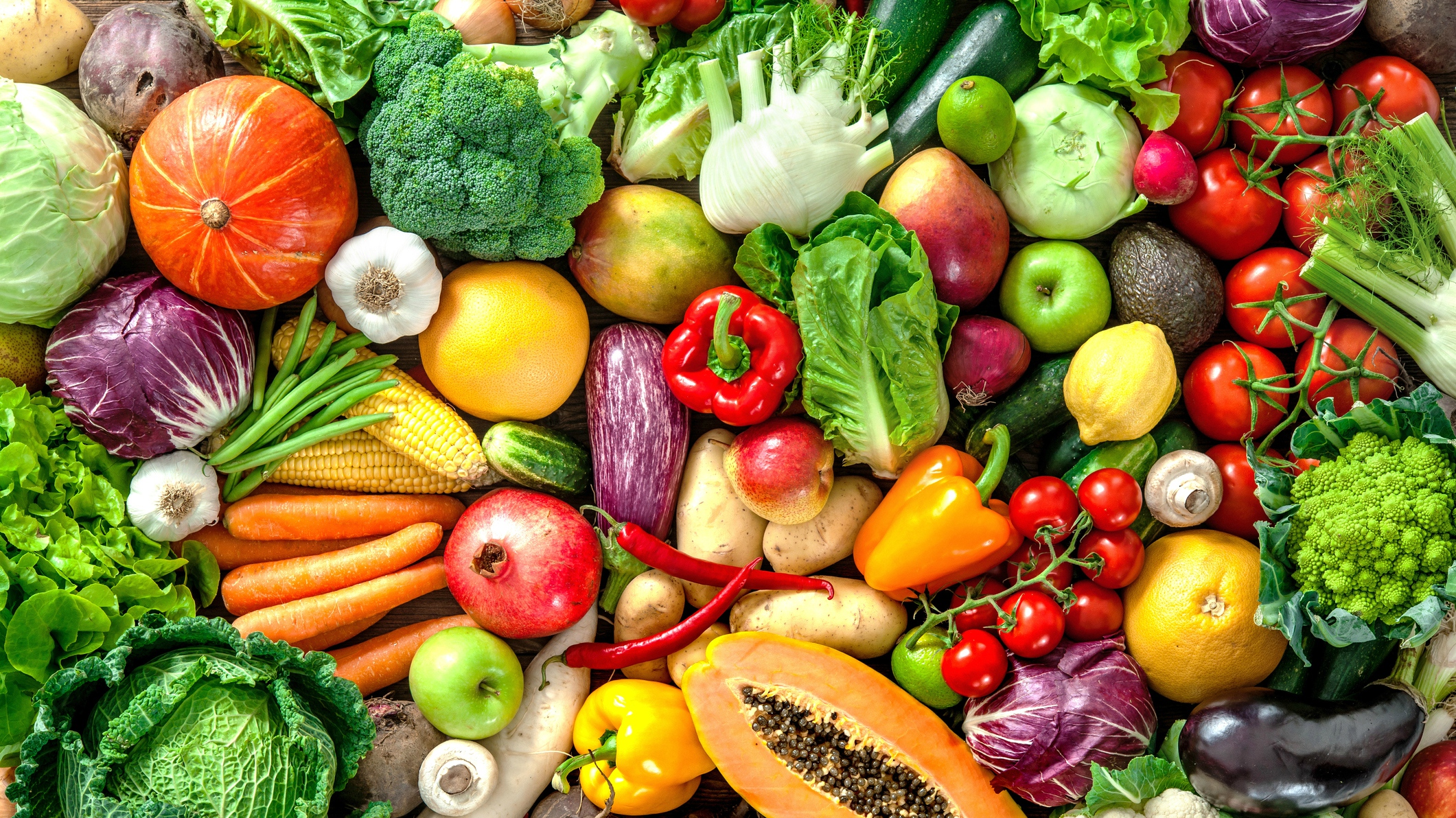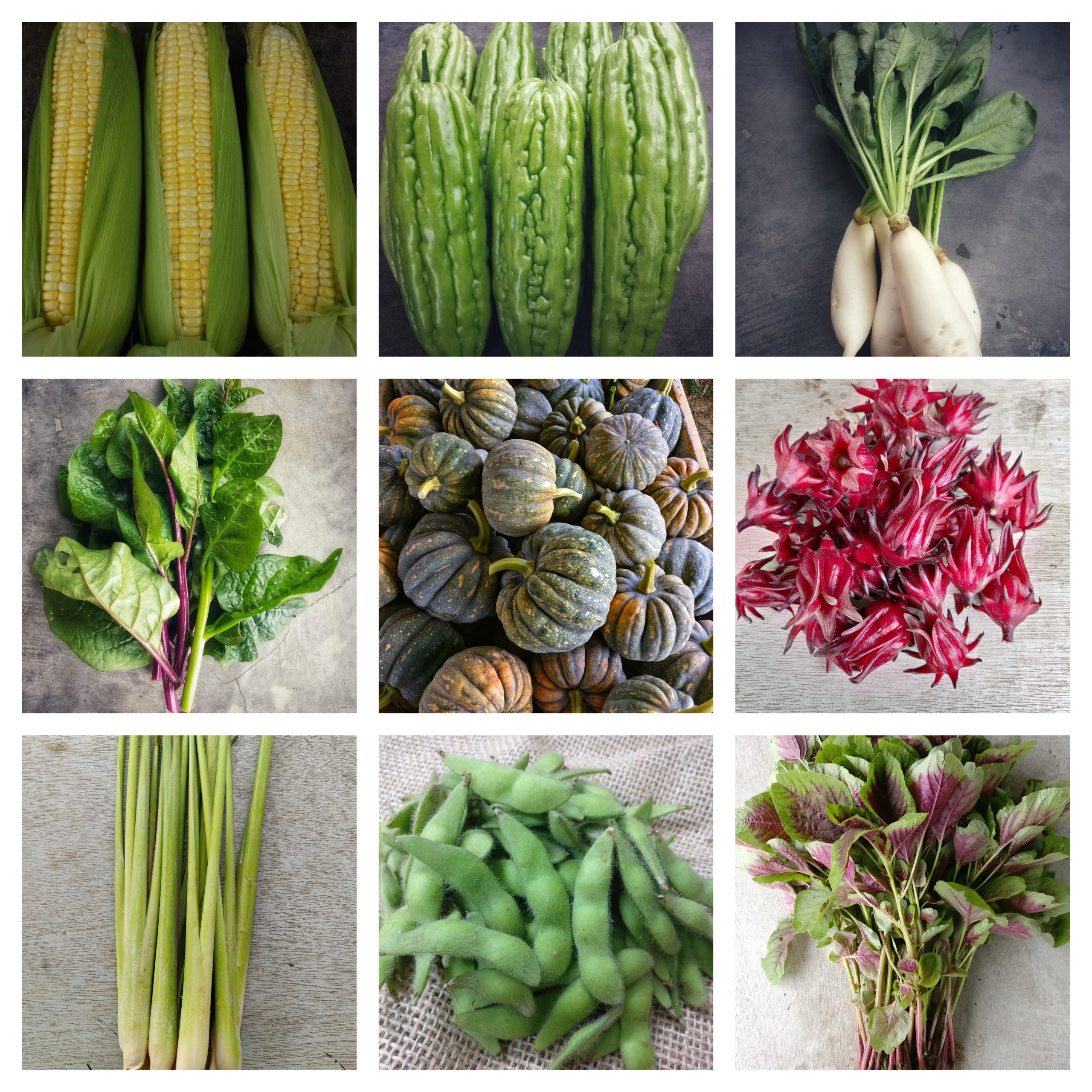Vegetables are indispensable in our daily diets, offering a wealth of essential nutrients and health advantages. They are far more than just side dishes; they form the foundation of a balanced and healthy lifestyle. This detailed guide will take you through the diverse realm of vegetables, discussing their types, nutritional value, and practical ways to integrate them into your meals. Whether you're an experienced chef or a novice in the kitchen, understanding the role of vegetables can enhance your culinary skills and improve your overall health.
Over the past few years, there has been a growing recognition of the significance of plant-based diets. Numerous studies underscore the link between consuming vegetables and a reduced risk of chronic illnesses. With a vast array of options available, it can sometimes feel challenging to decide which vegetables to choose and how best to prepare them. This article aims to simplify the complexities of vegetables, helping you make smarter dietary choices.
By the end of this guide, you'll possess a richer understanding of different vegetable categories, their health benefits, and valuable tips for including them in your everyday meals. Let's embark on this colorful and nourishing journey into the world of vegetables!
Read also:Exploring Andre 3000s Net Worth And Multifaceted Career
Table of Contents
- What Exactly Are Vegetables?
- Exploring the Different Types of Vegetables
- The Nutritional Advantages of Vegetables
- The Joy of Seasonal Vegetables
- Delicious Ways to Cook Vegetables
- Vegetables Across Global Cuisines
- The Art of Growing Your Own Vegetables
- Final Thoughts
What Exactly Are Vegetables?
Vegetables are edible parts of plants that humans and animals consume as food. These parts can include roots, stems, leaves, flowers, and seeds. Vegetables are typically high in vitamins, minerals, and fiber while remaining low in calories. Common examples encompass carrots (root), spinach (leaf), broccoli (flower), and beans (seeds), each providing unique nutritional benefits.
Classification of Vegetables
Vegetables can be categorized based on different factors:
- Botanical Classification: Divided into families such as Brassicaceae (cabbage family), Solanaceae (nightshade family), and Cucurbitaceae (gourd family).
- Growth Habit: Includes annuals (plants that complete their lifecycle in one season), biennials (plants that take two seasons to mature), and perennials (plants that continue to grow for multiple seasons).
- Culinary Use: Grouped into categories like leafy greens, root vegetables, legumes, and cruciferous vegetables.
Exploring the Different Types of Vegetables
The world of vegetables is vast, with each type offering distinct flavors and textures. Below are the primary categories:
Leafy Greens
Leafy greens are nutrient-dense and incredibly versatile. Some popular varieties include:
- Spinach
- Kale
- Swiss Chard
- Romaine Lettuce
Root Vegetables
Root vegetables are typically hearty and filling, making them ideal for satisfying meals. Examples include:
- Carrots
- Beets
- Potatoes
- Turnips
Cruciferous Vegetables
These vegetables are renowned for their potential to combat cancer. They include:
Read also:Exploring Pauley Perrette The Iconic Actress Beyond Abby Sciuto
- Broccoli
- Cauliflower
- Brussels Sprouts
- Cabbage
Legumes
Legumes are packed with protein and fiber, making them an excellent addition to any diet. Common legumes are:
- Beans
- Lentils
- Peas
- Chickpeas
The Nutritional Advantages of Vegetables
Vegetables are loaded with nutrients that are crucial for maintaining optimal health. Key benefits include:
- Rich in Vitamins and Minerals: Vegetables supply essential vitamins like A, C, K, and several B vitamins, as well as minerals such as potassium, magnesium, and calcium.
- High in Fiber: The dietary fiber found in vegetables supports digestion and helps manage cholesterol levels.
- Low in Calories: Most vegetables are low in calories, making them ideal for those seeking to manage their weight.
- Antioxidant Properties: Many vegetables contain antioxidants that protect against oxidative stress and lower the risk of chronic diseases.
The Joy of Seasonal Vegetables
Opting for seasonal vegetables not only enhances flavor but also supports local farmers. Below are examples of seasonal vegetables:
Spring Vegetables
- Asparagus
- Peas
- Radishes
Summer Vegetables
- Tomatoes
- Squash
- Bell Peppers
Fall Vegetables
- Pumpkins
- Sweet Potatoes
- Brussels Sprouts
Winter Vegetables
- Carrots
- Cabbage
- Beets
Delicious Ways to Cook Vegetables
Preparing vegetables in different ways can amplify their flavors and make them more appealing. Below are some popular cooking techniques:
- Steaming: This method preserves nutrients and is both quick and simple.
- Sautéing: Using oil and spices adds depth to the flavors.
- Roasting: This technique brings out the natural sweetness and creates a crispy texture.
- Grilling: Grilling imparts a smoky flavor and is perfect for outdoor cooking.
Vegetables Across Global Cuisines
Vegetables play a central role in cuisines from around the globe. Here are some examples:
Asian Cuisine
In Asian cooking, vegetables like bok choy, eggplant, and shiitake mushrooms are frequently used in stir-fries and soups, adding vibrant flavors and textures.
Mediterranean Cuisine
Mediterranean diets emphasize vegetables such as tomatoes, olives, and eggplants, often incorporated into salads and stews for a hearty meal.
Latin American Cuisine
Latin American dishes frequently feature vegetables like corn, beans, and peppers, which are integral to recipes like salsas and tacos.
Middle Eastern Cuisine
Middle Eastern dishes often highlight vegetables like eggplant, zucchini, and chickpeas in popular dishes such as baba ghanoush and falafel.
The Art of Growing Your Own Vegetables
Cultivating your own vegetables can be a gratifying and economical activity. Here are some useful tips:
- Choose the Right Location: Ensure your garden receives ample sunlight and has good drainage.
- Select Suitable Vegetables: Begin with easy-to-grow options like tomatoes, radishes, and lettuce.
- Water Regularly: Keep the soil consistently moist, especially during dry periods.
- Use Natural Fertilizers: Enhance the soil with compost or organic fertilizers for healthier plants.
Final Thoughts
To summarize, vegetables are an essential component of a healthy diet, offering a multitude of health benefits and culinary opportunities. Incorporating a wide variety of vegetables into your meals can enrich flavors, deliver vital nutrients, and contribute to overall wellness. We encourage you to explore new vegetables, experiment with various cooking methods, and even consider growing your own. Share your experiences in the comments section, and feel free to explore our other articles for additional tips on healthy eating!
Thank you for reading! We hope this guide has been informative and inspiring. Continue discovering the diverse and beneficial world of vegetables, and we look forward to welcoming you back to our site soon!


